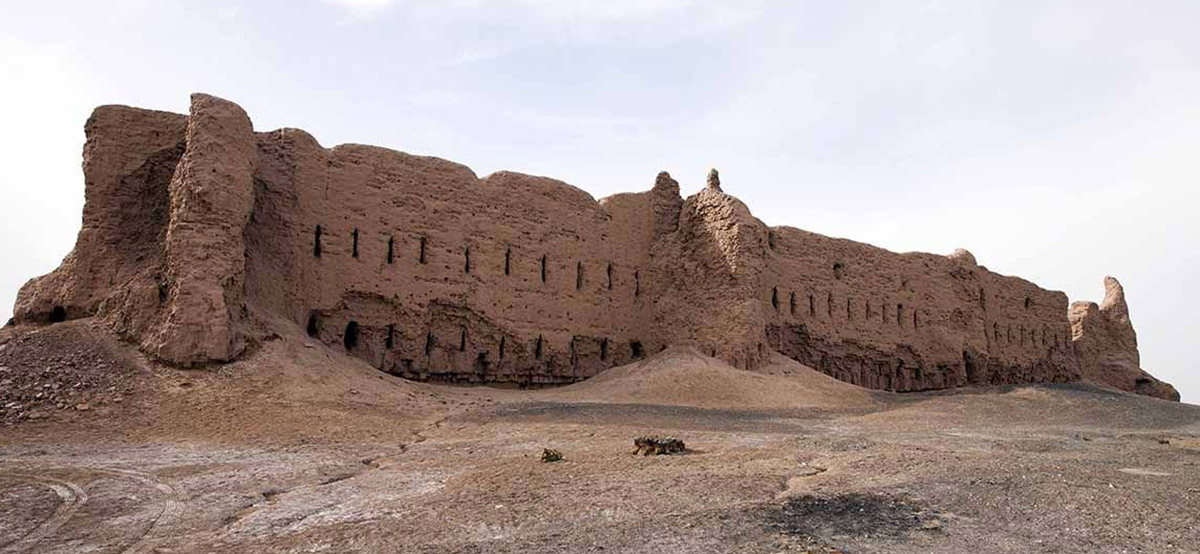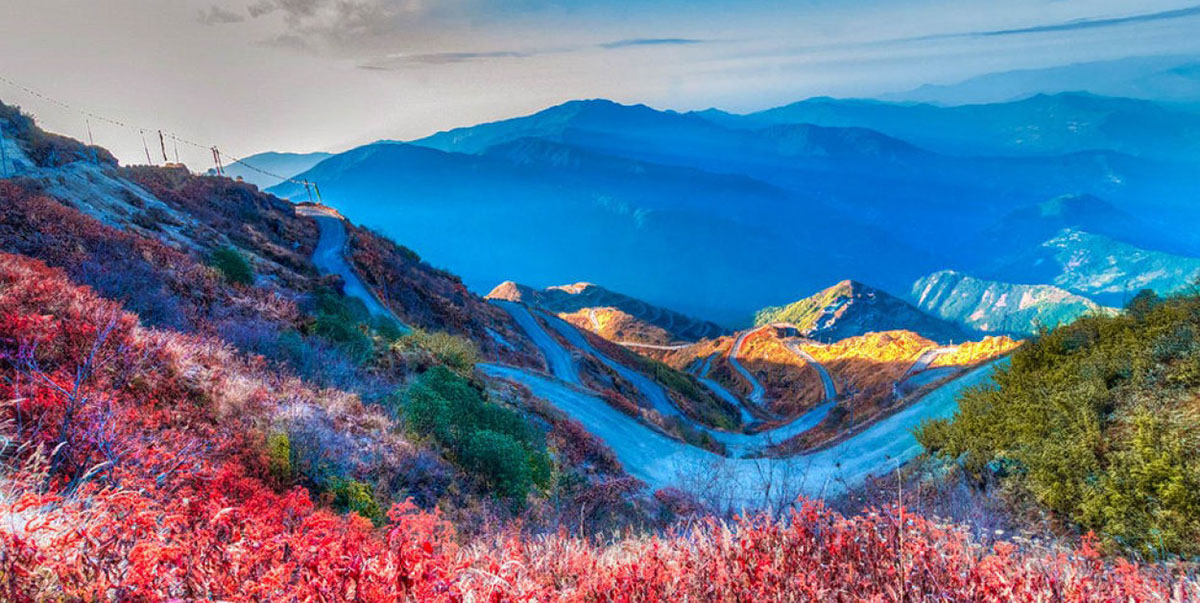
La Silk Road It is one of the most famous routes in history, the great connector of the world known for centuries. It was a network of roads, trade routes more than a single, extensive route that eventually ended up linking Asia, the Middle East, and Europe with ramifications on the Indian subcontinent and Russia.
Although it was called the Silk Road Not only silk but also spices, sugar, ceramics, tea, salt, ivory, furs and jewelry were sold, for example. The truth is that not only objects but cultures, ideas, languages, religions and even diseases traveled, so it has a very great importance in history.
The Silk Road
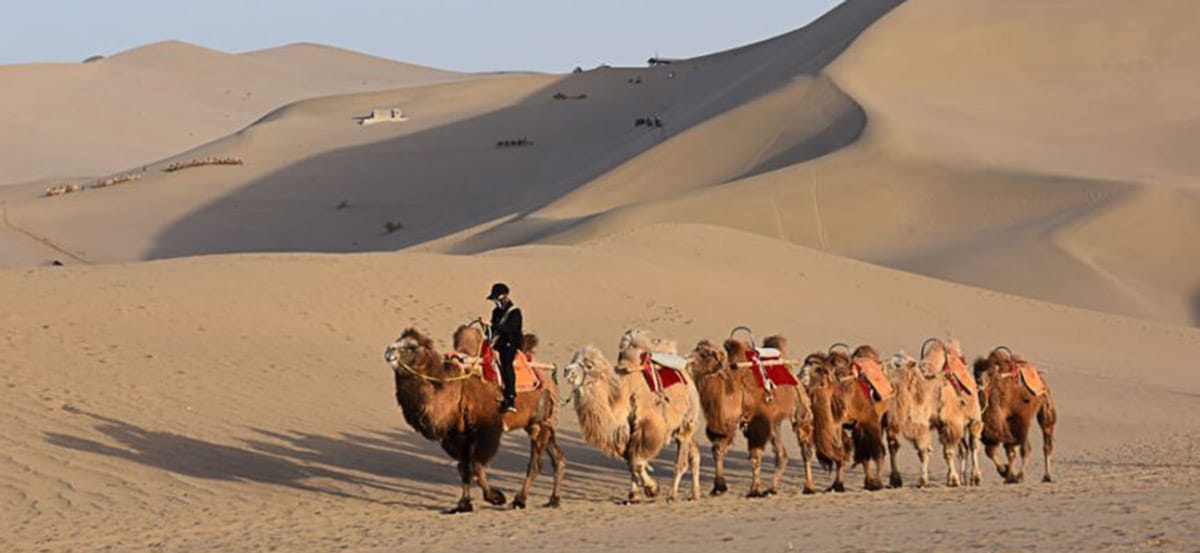
The route has not always had this name, in fact the different roads did not have any names until in the XNUMXth century the German geologist Ferdinand von Richthofen named it like the Silk Road to evoke since then mysterious ways and cultures.
Silk is an ancient product from China and it is estimated that it began to be produced around 2.700 years BC. As it was an exquisite product, it was only used in the imperial court and for thousands of years the process of its elaboration was a secret that should not leave the kingdom. China had a monopoly but silk traveled the world hand in hand with diplomats and commerce, and sometime in the XNUMXst century BC it arrived in the Roman Empire as a super luxury foreign product.
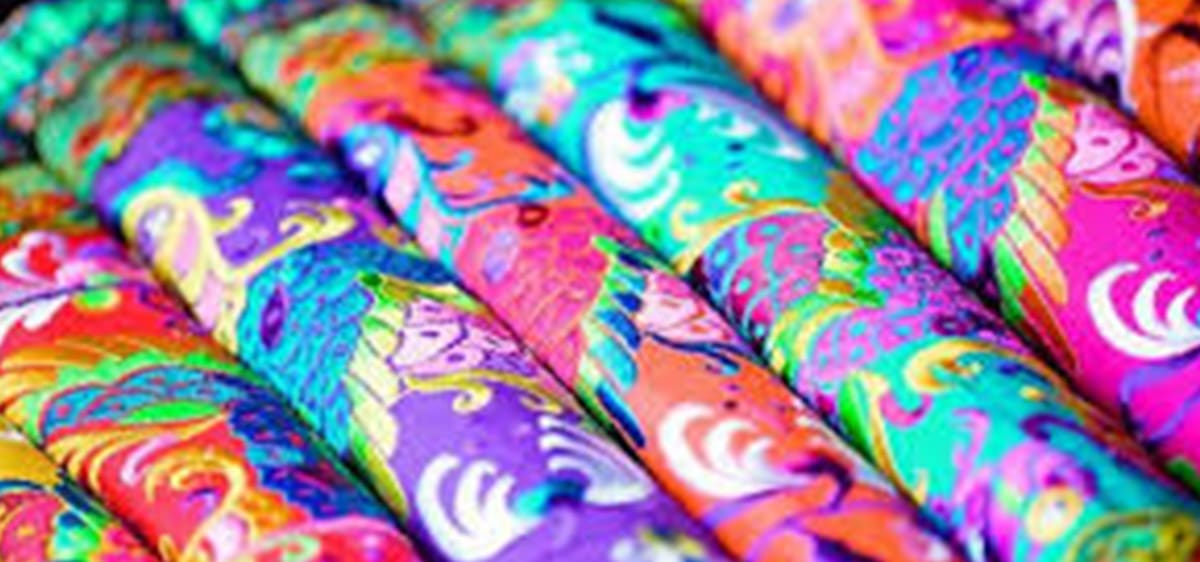
Silk entered Europe and gave impetus to the development of trade routes from this continent to the Far East. Eventually the knowledge for the manufacture of silk leaked and it began to be produced in India, Japan, the Persian Empire and finally, in the West, around the XNUMXth century AD. The Silk Road became one of the most popular and best known routes in the Middle Ages and was widely used until well into the XNUMXth century.
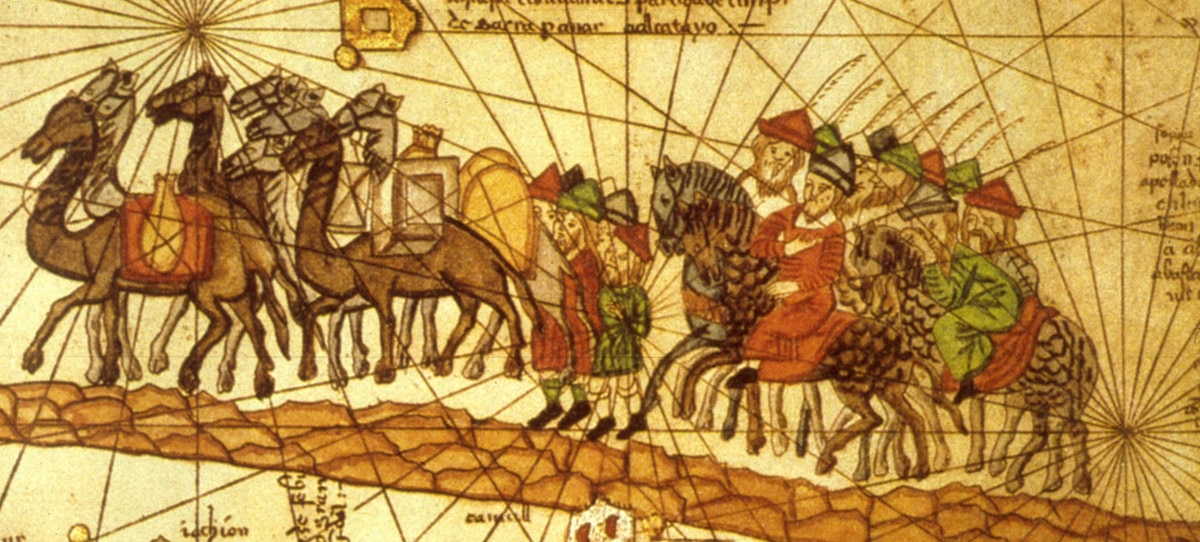
The different roads that made up the Silk Road developed over time and hand in hand with the political situations of the territories, and also due to the seasonal change of the terrain. One may think that the route was only terrestrial but no, also had maritime ramifications very important, especially in the spice trade such as cinnamon, ginger, pepper or nutmeg from the so-called Spice Islands, the Moluccas.
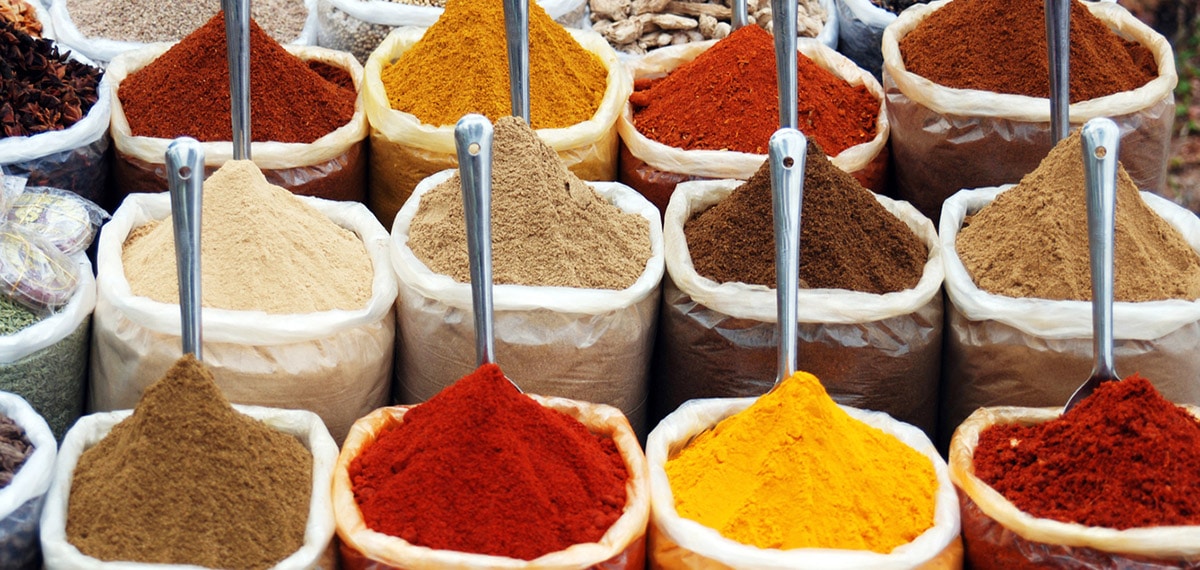
These maritime routes are actually even older, with thousands of years, since they previously linked Mesopotamia, the Arabian Peninsula and the Indus Valley, so in the Middle Ages the routes actually expanded hand in hand with advances in navigation techniques and astronomy. So as you see, there were a variety of routes that merchants could take and a wide variety of goods to exchange.
The Silk Road was then a vigorous, dynamic route and enriching for all the peoples of the world. This was realized by the archaeologists and European geographers of the XNUMXth century who began to follow her, eager for adventure. And so they discovered towns, monuments, ruins and mysteries that still attract us to this day.
The Silk Road today
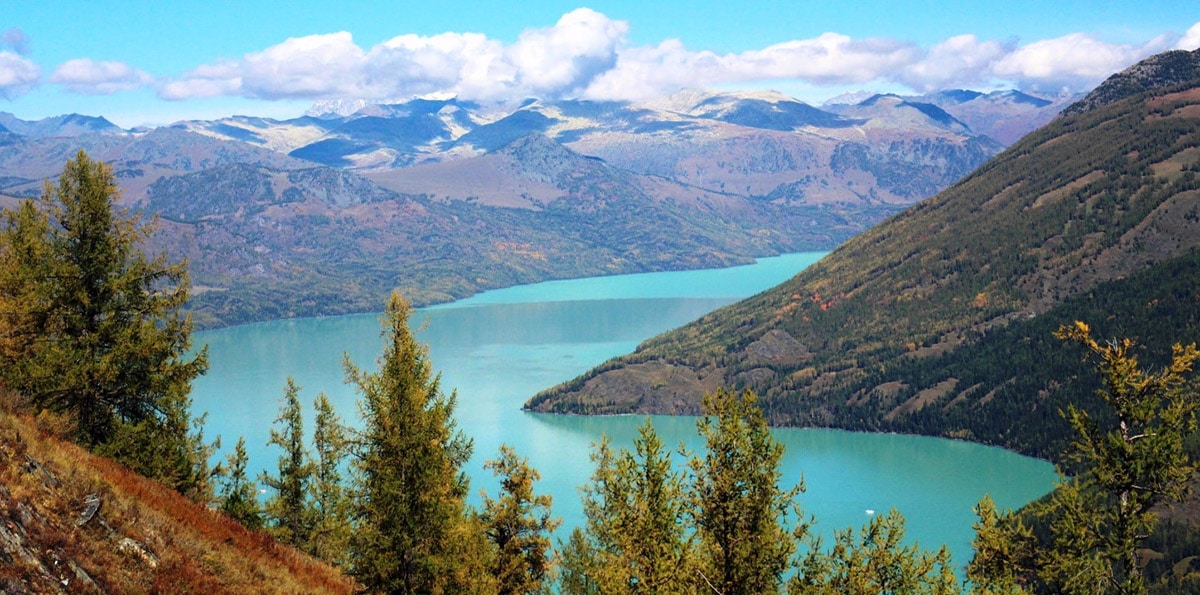
In our day, then, many of these historic buildings and monuments are still standing and there are many ways to approach her. Some of the most interesting Silk Road itineraries start in Beijing and end in Tashkent, Uzbekistan. Others cross the width of China and pass through Kyrgystan so they focus on what is Central Asia, for many the most interesting and curious section, with many cultural contrasts.
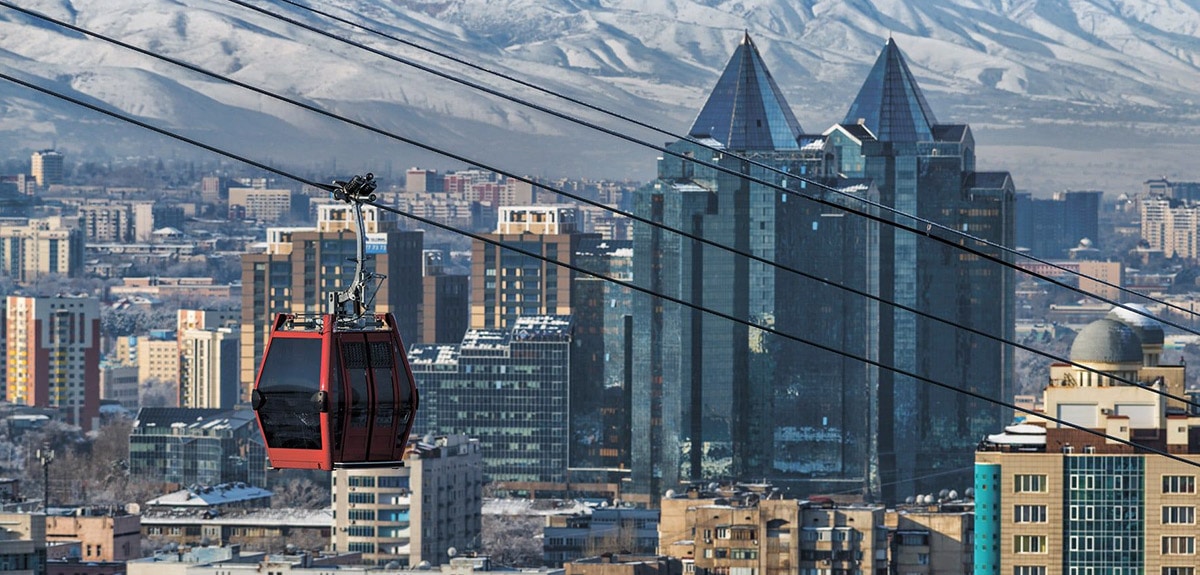
A recommended route starts in KazakstanIn its capital city called Almaty, you can get there by plane from Beijing. It is not that Almaty or Kazakhstan have many charms in themselves, but the truth is that from here it is easier to know the best of Kyrgyzstan. A whole day of travel and you will see hills and red Charyn Canyon, so equal to the most famous Grand Canyon of the Colorado.
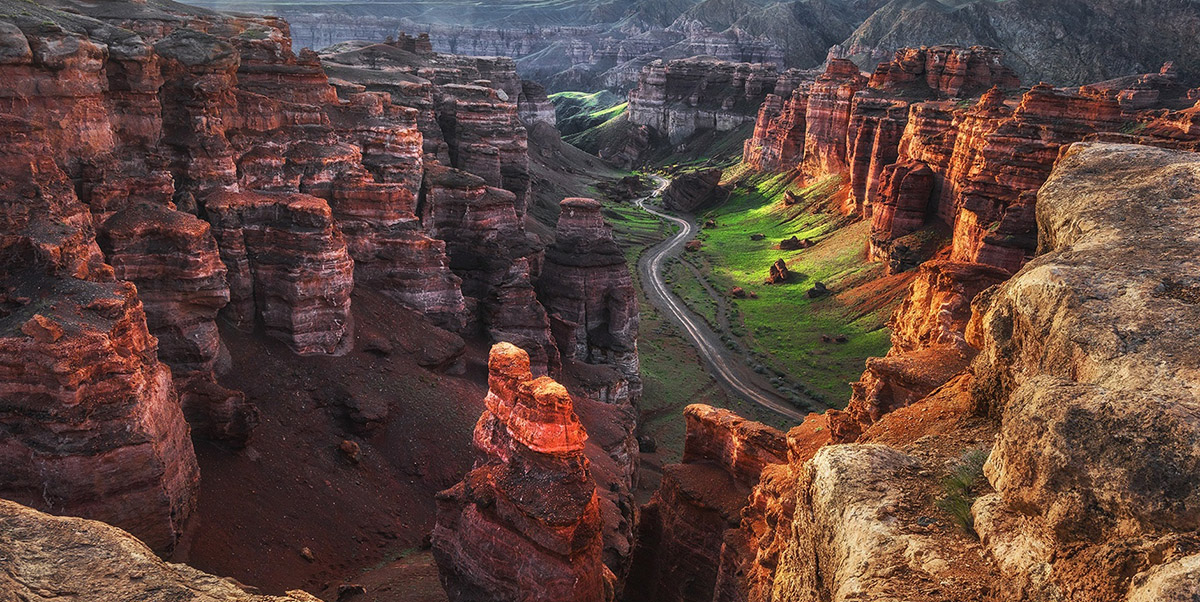
Here you cross into Kyrgyzstan And it may not be the only border crossing, so obviously, before embarking on the route, it is necessary to check which countries are asking us for a visa. Kyrgyzstan is a green land, with alpine valleys and lakes and eternally snow-capped mountains. Unknown and beautiful, full of horses, trained eagles and camps to stay the night and feel in another world.
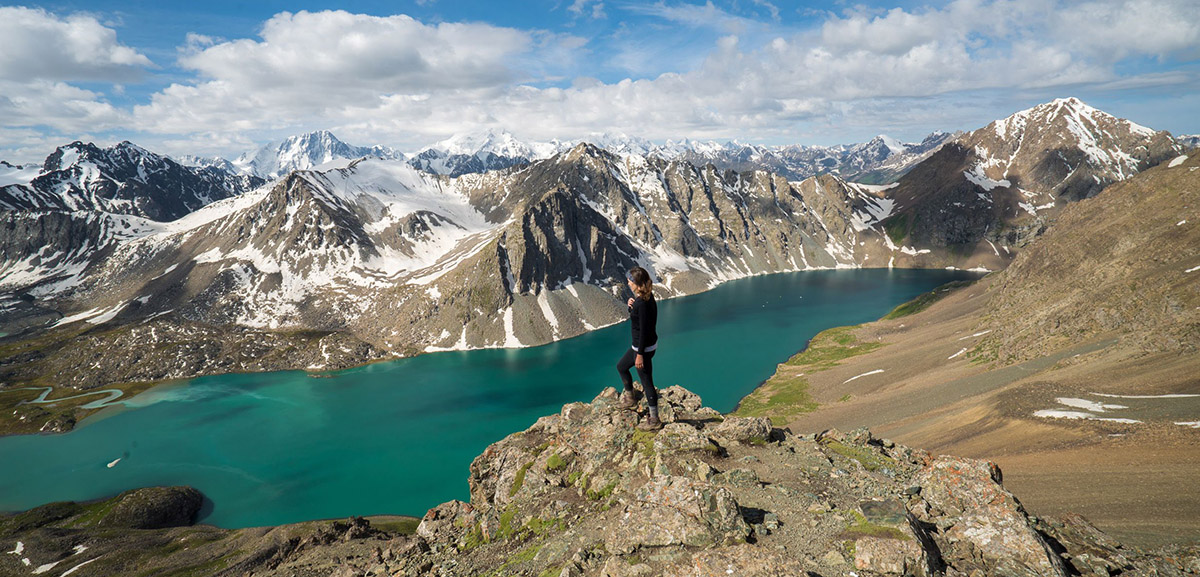
This is also a perfect land for hikingYou walk among mountains, in fields of wildflowers and in valleys carved out by ancient glaciers sometimes without seeing anyone for hours. There are routes already mapped out and the options are between half-day routes and eight-hour routes, on foot or in 4 x 4 vans, always accompanied by a guide.
From the capital of Kyrgyzstan, Bishkek, you take a flight to Tashkent, in Uzbekistan, a place that is geographically different from the land that you leave and becomes a desert. Tashkent is the largest city in the region and the national capital, as well as being the hub of communications in Central Asia. Many tourists hire the Silk Road tour here 21 days long starting with a flight to Beijing.
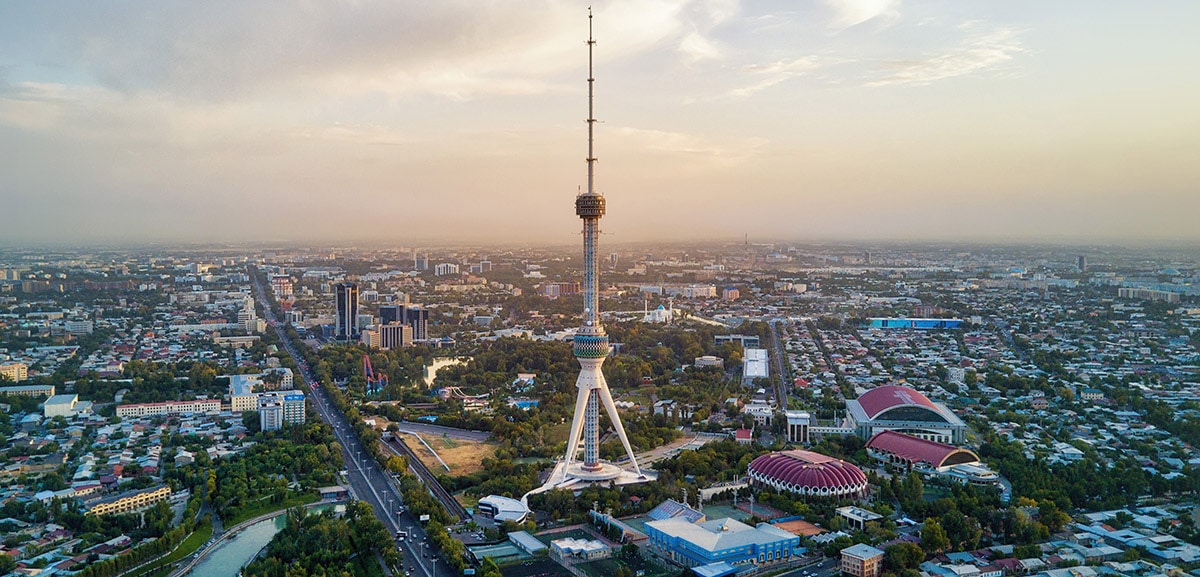
These types of tours generally pass through Dunhuang, Turpan, Kashgar, Tash Rabat, Song Kol, Bishkek, Samarkand, Bukhara and Khiva to return to Tashkent on the 21st. What do you think? To many travelers Uzbekistan seems a more developed country than Kyrgyzstan, with more lighting in the urban center, more pedestrian zones, more nightlife. And it is, the capital at least is a big city, with mosques, public squares and places like Khiva, Bukhara or Samarkand.
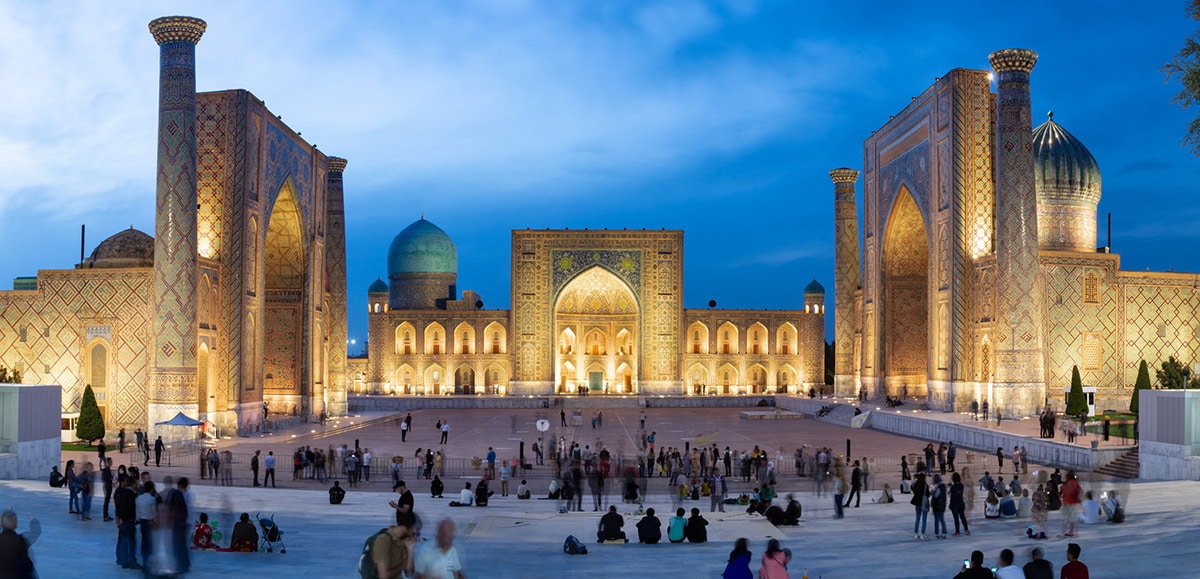
If you don't want to sign up for a tour that takes you to Beijing, you can always take trips from Tashkent like for example take a train to Samarkand and tour its attractions throughout the city: the Bibi Khanym Mosque, once the largest in the world, the beautiful and majolica-filled Registan Square, the madrasas, the Mausoleum of Tamerlane, the old town and the archaeological site of Marakanda, a city conquered by the Macedonians two thousand years ago.
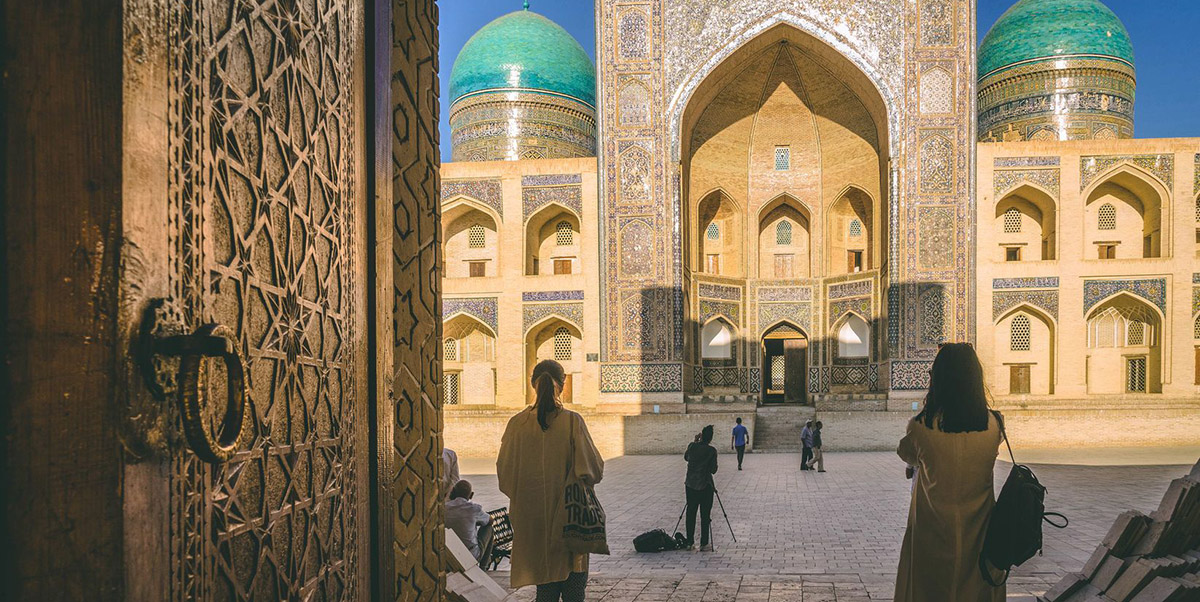
From Samarkanda you can also get to Bukhara and visit the citadel El Arco in which British emissaries were executed. The whole city is beautiful, quieter than Samarkand and smaller. An hour by car from Bukhara you have the border with Turkmen, two hours of crossing and four more hours and you are in Merv in time to sleep and start touring the next day.
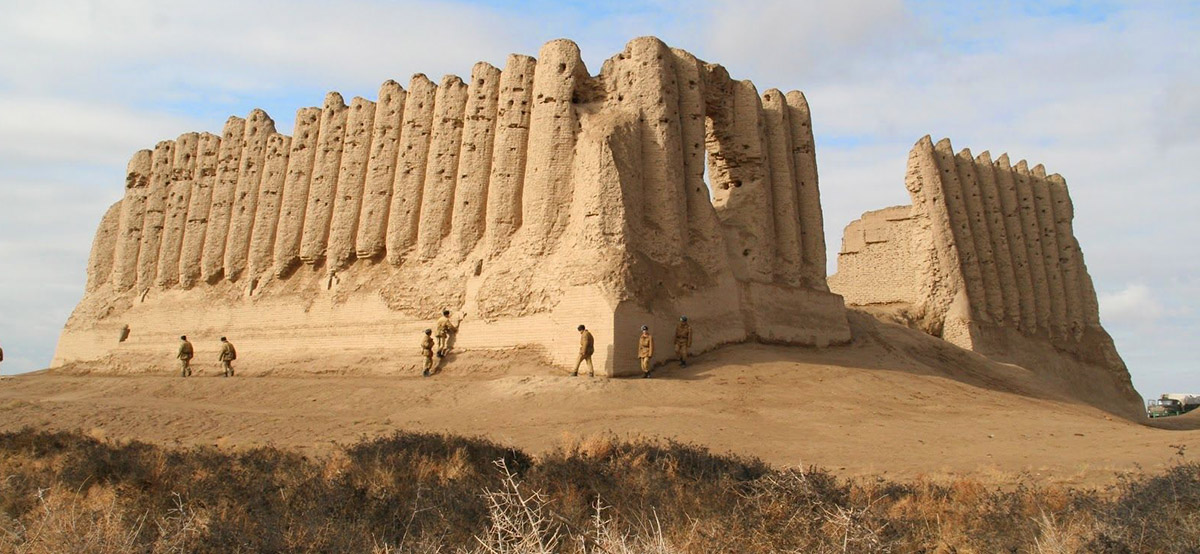
Merv was once part of the Silk Road And in a way it looks what Uzbekistan would look like without Soviet help. There are hardly any tourists so it feels absolutely special. Four hours by car you get to the capital, Ashgabat, a city with personality, marble buildings and a golden statue that rotates forever to face the sun. A city to explore, especially the old Russian Quarter.
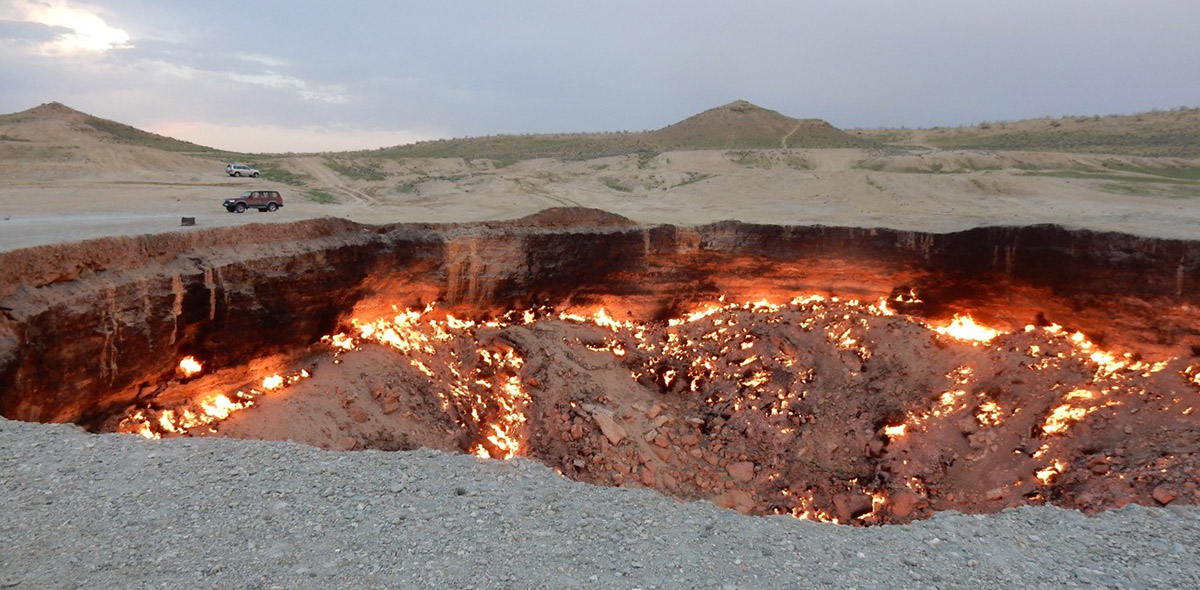
Then you can go to know the Darvaza Desert Craters, still on fire since the '70s when they were lit on purpose. It is the adventure that you cannot miss because you stay to spend the night in a camp very close to these brand new craters. The next day by car you go to the border with Uzbekistan and you know Kunya - urgench with its mosques, forts and minarets from the XNUMXth century.
After crossing the border there is a half hour drive to Nukus and from here you get to Elliq - Qalas, a limestone fortress that seems to emerge out of nowhere and is part of the legacy of Alexander the Great. It is followed by the city of Khiva with more mosques and typical neighborhoods, with blue majolica everywhere. And yes, from this point you can take a flight and return to Tashkent which is where you started the journey.
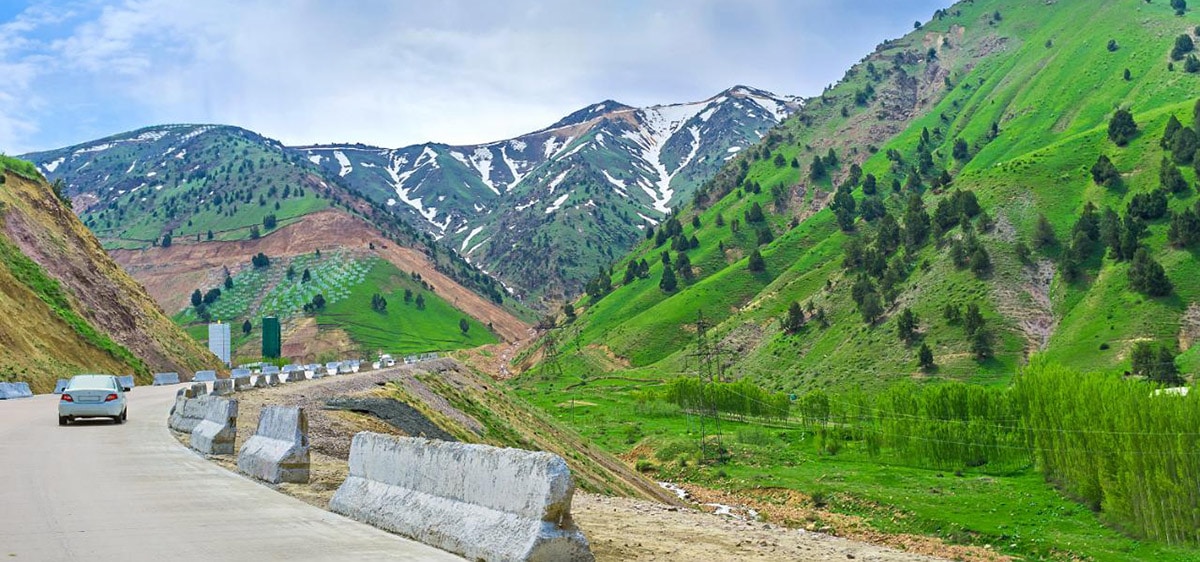
As you can see, without a doubt This route along the ancient Silk Road is one of the most exotic. And as you can see, you can either sign up for a tour or you can rent a car and move around all these cities, sometimes requiring hiring guides or private drivers. Is a vast section, anyway, so it is best to visit it between April and the beginning of June or September and October. It is warmer weather without being extremely hot.
The route involves long hours by car, flights by plane and some train trips, within Uzbekistan and finally, but not least, it is advisable to go with a backpack and not with a suitcase since border crossings are on foot. It is only one of the possible routes and you may not want to embark on an adventure alone, but what I want to say is that it is possible. Both things are possible: take a tour of the Silk Road or make your own trip. You choose.
